Popular games published by company Namco Bandai Games
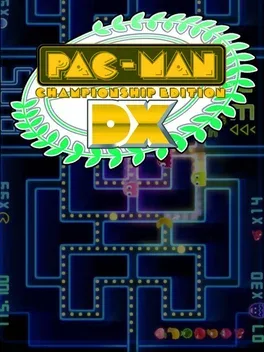
PAC-MAN Championship Edition DX continues to uphold NAMCO BANDAI's tradition of enhancing a classic franchise for today's gamer. Building upon PAC-MAN Championship Edition’s original six courses, the new game features more than 100 varied and mind-boggling mazes to navigate. Several new modes will also be available to test a player's pellet-munching aptitude. In Time Attack Mode, players will vie for the quickest clear time. Fulfill a series of objectives in Mission Mode or compete to devour the most number of ghosts gobbled in Ghost Mode.

Dark Souls: Prepare to Die Edition is the PC release, as well as the PS3 and Xbox 360 re-release, of Dark Souls, including the Artorias of the Abyss DLC.
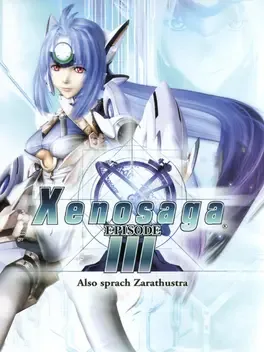
The story of Xenosaga III starts a year after "Xenosaga II" ended. Shion has resigned from Vector Industries after learning that the company is deeply connected to the appearance of the Gnosis. She instead joins Scientia, an underground organization working to unveil Vector's secrets in order to bring them down. Uncover the truth and save mankind in the finale of the Xenosaga series which boasts over 3 hours of movies, an updated battle system, and an improved customization feature with more in-depth character specialization and diversification and higher rewards for strategic party management. This RPG also includes an easily accessible database feature, the "Xeno Bible" and a mini-game with over 50 levels that challenges both you and your friends.
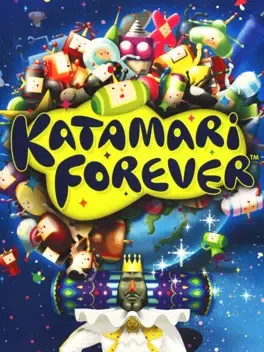
Katamari Forever contains 34 stages, with all but three of the stages being taken from previous titles in the series. Half of the stages take place within the mind of the King of All Cosmos, who gets knocked in the head and suffers from amnesia. The levels are black-and-white in appearance, and the objective is to roll up junk to bring color back to the stages. The other half of the stages take place in the present, where RoboKing, a robotic version of the King of All Cosmos created by the cousins, goes on a rampage and destroys all the stars in the sky.
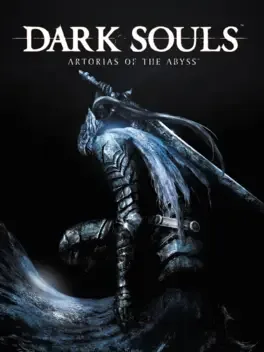
Artorias of the Abyss is additional content for the game Dark Souls. It was originally released for PC as part of the Dark Souls: Prepare to Die Edition, and later for consoles as the eponymous DLC. A console version of the Prepare To Die Edition was also released at a later date.
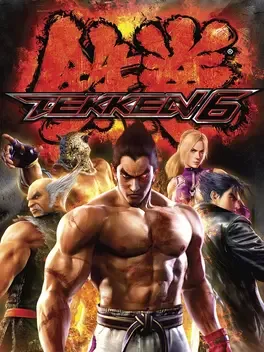
Tekken 6 is a fighting game developed and published by Bandai Namco Games. It is the seventh main installment in the Tekken franchise.
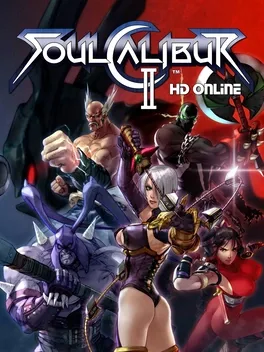
Soulcalibur II HD Online reimagines the beloved title by adding online multiplayer support to the title as well as vibrant updated graphics to take advantage of modern high definition TVs. For the first time ever, players will be able to square off against opponents from around the world with their favorite Soulcalibur II characters such as Ivy, Taki, Mitsurugi, Talim, Maxi and more.
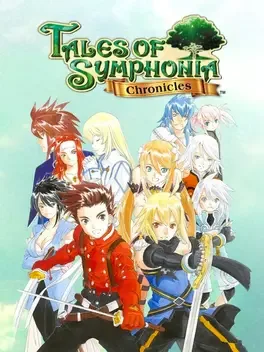
Tales of Symphonia Chronicles is a compilation release of Tales of Symphonia and Tales of Symphonia: Dawn of the New World HD remasters with additional content.

.Hack//G.U. simulates a massively multiplayer online role-playing game; players assume the role of a participant in a fictional game called The World. While in The World, the player controls the on-screen player character, Haseo, from a third-person person perspective (with optional first-person mode). The player may control the camera using the game controller's right analog stick. Within the fictional game, players explore monster-infested fields and dungeons as well as "Root Towns" that are free of combat. They also can "log-off" from the game and return to a computer desktop interface which includes in-game e-mail, news, and message boards, as well as desktop and background music customization options. In Reminisce, an optional card game called "Crimson VS" becomes available. The player may save the game to a memory card both from the desktop and within The World at a Save Shop. After the player completes the game, a Data Flag appears on the save file, which allows the transfer of all aspects of the player character and party members to the next game in the series. This can also be applied to previous games if the player first finished the Reminsce or Redemption. Players can attack monsters in real time. However, the action pauses whenever the menu is opened in order to select magic to cast, items to use, or skills to perform. The player only directly controls Haseo, while the other characters are controlled by artificial intelligence. The player may either provide guidelines ("Free Will", "Rage", "Life", etc.) or issue direct commands (for example, to cast a particular magic at a particular enemy) to the computer-controlled characters. Monsters roam the environments freely or guard treasure chests. Once combat is initiated, via a "surprise attack" or the player being spotted, a wall erects around the combat area to prevent escape. Weapons give the player access to the Skill Trigger feature which allows them to perform a powerful attack at the cost of losing SPs. As an adept rogue character, Haseo can wield multiple weapons for close combat. Although Haseo can only use one weapon per battle, during Reminisce the player can change weapons in the middle of Skill Triggers. Under certain conditions, the player may execute an enhanced type of Skill Trigger called "Rengeki". These attacks deal greater damage and fill a Morale gauge, which allows the player and his team members to use a combination attack. Certain plot-related fights, called "Avatar battles", use a different interface which incorporates shoot 'em up gameplay elements. After depleting the opponent's health, players must charge up a "Data Drain" to end the battle. Root Towns are non-combat areas in The World. The player may restock on items, buy equipment, or chat and trade with other "players" of The World. The player may also undertake optional quests and visit guilds. A key feature of all towns is the Chaos Gate. This blue portal is used to travel between towns (called "servers") as well as access the fields and dungeons where battles take place. A password system controls the characteristics of each area. Depending on the characteristics of each word in the three word phrase, the resulting area may have different attributes such as prevalence of monsters or items, among other features.
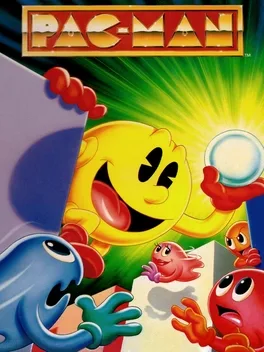
The NES port of the arcade classic.
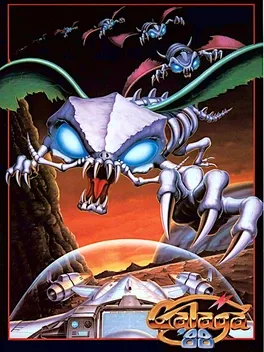
The gameplay in Galaga '88 is built on the same premise as that of the original Galaga game, but is in many ways more complex and more difficult. The game is divided into a series of 29 Stages distributed through eight Worlds. The starship Galaga accelerates between Stages and Worlds and even to higher dimensions (go to the section on Dimensional Travel below to find out more). With the exception of the third and eighth, each World culminates in a Challenging Stage. There are six such stages to engage in any full game, and each begins with the on-screen announcement "That's Galactic Dancin'!" and has its own YM2151-generated song to which the enemy formations dance. In any given Challenging Stage, both the design of the enemies and their dancing formations shall vary according to the player's current Dimension. As in Galaga, the objective is to destroy all forty enemies before they fly away off the screen. However, refraining completely from touching any controls for the duration of a Challenging Stage awards a "secret bonus" ranging in value from 10000 to 25000 points, and equal to the "special bonus" which would have been awarded for destroying all forty enemy aliens instead. Galaga '88 introduces a variety of new enemies and behaviors. Most of these special enemies are worth varying amounts of bonus points when destroyed. Some enemies can combine into larger enemies which take multiple hits to destroy, while others arrive in eggs, explode in a shower of fireworks, grow with multiple hits, or sport armor which makes them invincible while in formation. Certain enemies drop small formations of tiny creatures that wiggle their way down the screen, and still others can act as escorts to incoming groups of enemies and then quickly dive at the player before leaving the game. Most stages also include various obstacles which appear once the enemy formation has been assembled. These can be destroyed with either one or several shots, and the first one on each stage will leave a "Warp Capsule". At the start of the game, the player can select how many Galaga starships to start with (one or two), affecting their number of remaining lives. The game ends after the final boss is defeated (or when the player's last ship is destroyed or captured) - in the latter case, the player can continue the game for an additional credit. The Game Over screen shows the player's hit-miss ratio and a visual representation of their progress. If the player reaches Stage 27, the game also shows a picture of the final boss (damaged if defeated, but silhouetted if not). If the arcade operator has set the "continue" option to "on", the player also cannot continue if he is defeated on Stages 27-29.
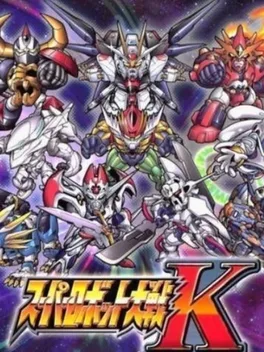
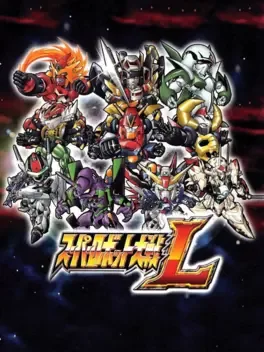
Super Robot Taisen L is the third and final "traditional" Super Robot Wars game for the DS.
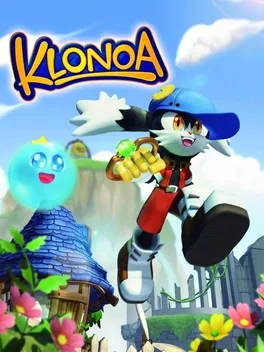
Help Klonoa save Phantomile, a land formed by the dreams of its inhabitants, and recently besieged by an unknown evil. Klonoa’s breathtaking journey takes him through a series of increasingly difficult stages across multiple kingdoms as he strives to save his friends and homeland. Throughout his quest, Klonoa is aided by his friend Hewpoe, a benevolent spirit who resides in the ring from which Klonoa is able to fire his Wind Bullet. The Wind Bullet gives Klonoa the ability to grab and inflate his enemies and use them to his advantage.
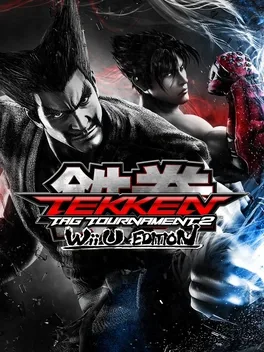
For the first time on any Nintendo console - Tekken Tag Tournament 2 delivers completely update features and the most comprehensive Tekken experience to date. Play with the largest Tekken roster ever, in all new stages, utilizing fully re-engineered multiplayer functionality for optimum online matches. Enjoy exclusive Wii U features including special battle modes and exclusive costumes. Play like a pro with easy shortcuts on the gamepad. The sickest combos, amazing graphics and best selling fighting game franchise of all time is here - Get ready for the next battle!
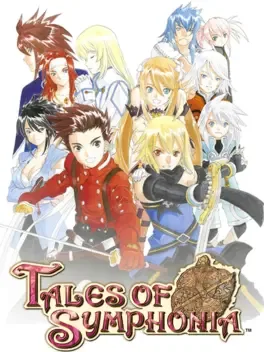
An HD remaster of the Playstation 2 version of Tales of Symphonia that comes with extra content. It is also bundled in the Tales of Symphonia Chronicles collection for the Playstation 3. Over 80 hours of gameplay in this epic, emotionally charged storyline. Experience the fierce, action-packed battle system. Combine hundreds of special attacks and magic spells. In a dying world, legend has it that a Chosen One will one day rise from amongst the people and the land will be reborn. The line between good and evil blurs in this epic adventure where the fate of two interlocked worlds hangs in the balance.
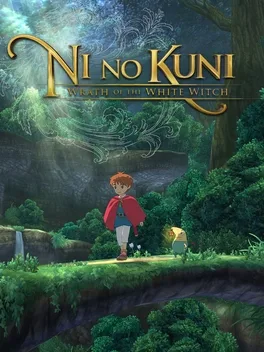
"Ni no Kuni: Wrath of the White Witch, a heart-warming tale of a young boy named Oliver, who embarks on a journey into a parallel world in an attempt to bring his mother back from the dead. Along the way, Oliver makes new friends and adopts many of the wonderful creatures that inhabit the world, raising them to battle other creatures on his behalf as he takes on formidable enemies. Developed by LEVEL-5 alongside Studio Ghibli, the legendary animation studio, Ni no Kuni: Wrath of the White Witch combines beautiful animated visuals, masterful storytelling and a sweeping score into an epic role-playing adventure like no other." Ni no Kuni: Wrath of the White Witch is an enhanced version of the Nintendo DS game Ni no Kuni: Dominion of the Dark Djin that was only released in Japan.

A third-person action RPG with cooperative and competitive multiplayer elements in which the player enters the kingdom of Boletaria as it is being ravaged by a fog that spawns murderous demons. The player has to hunt down the arch demons situated in five disparate areas within the kingdom and partake in punishing combat to reach the Old One, the vengeful being that brought the fog to Boletaria.
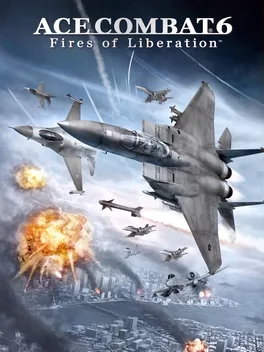
Throughout Ace Combat 6, the player must pilot a fighter jet or other aircraft to destroy foes both in the air and on the ground. As an arcade flight game, it simplifies flight controls and gives the player a large amount of bullets, missiles and other weapons, putting them up against a very large amount of enemy forces. In addition to missiles and a vulcan cannon, the player can equip special weapons such as heat-seeking missiles, bombs, rocket launchers, and others. The player can lock on to a number of foes, and assist different tactical squads by switching between their respective HUD readouts. The game includes 4 default multiplayer modes: Battle Royale, Siege Battle, Team Battle, and Co-Op Battle. In Battle Royale, the basic Deathmatch game mode, up to sixteen players shoot each other down to earn the highest points at the time limit. In Team Battle, a basic Team Deathmatch game is created. Points are awarded based on the type of aircraft destroyed. A unique type of multiplayer game, Siege Battle is played with two teams, Attacking and Defending. The Attacking team attempts to destroy the target (usually heavily defended by flak) within the time limit. The Defending team tries to halt their attack. The co-op battle mode consists of two single-player missions without AI that can be played with up to three other players.
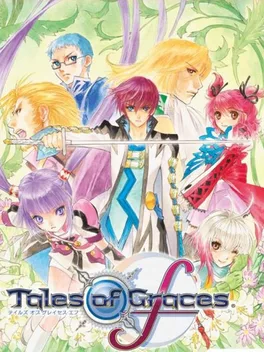
In this newest title, the feelings such as "preserving one's faith", "saving their precious ones" and the destiny of raising the storm between three countries which form the setting, are portrayed. The PS3 version shows the story more in depth having many new elements including a "Lineage to the Future Episode" where a new tale after the main story is told.
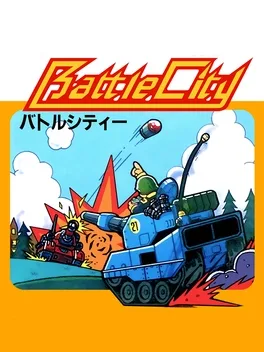
Battle City, also known as Tank 1990 or Tank in some pirate multicart releases, is a multi-directional shooter video game for the Family Computer produced and published in 1985 by Namco. The game was later released for the Game Boy and was included in the Japanese version of Star Fox: Assault. It is a port of the arcade game Tank Battalion with additional features (including two player simultaneous play and a level edit feature). There was also a rendition for Nintendo's Vs. System arcade cabinets. The player, controlling a tank, must destroy enemy tanks in each level, which enter the playfield from the top of the screen. The enemy tanks attempt to destroy the player's base (represented on the map as a bird, eagle or Phoenix), as well as the human tank itself. A level is completed when the player destroys all 20 enemy tanks, but the game ends if the player's base is destroyed or the player loses all available lives.

Super Robot Taisen OG Saga: Endless Frontier Exceed is a crossover role-playing video game. Players take control of a party of characters drawn from multiple anime and video game franchises. Gameplay is divided between field navigation, dialogue sections between characters, and turn-based battles where players can expend action points to perform different moves.
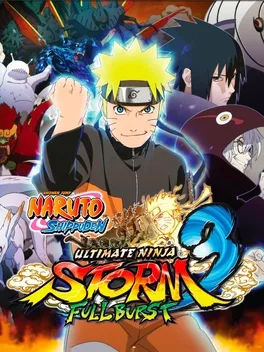
Naruto Shippuden: Ultimate Ninja Storm 3: Full Burst is the re-release of Naruto Shippuden: Ultimate Ninja Storm 3, which includes revamped visuals, all costumes previously available as, DLC minus the Naruto (Goku) and Sakura (Hello Kitty), a new character (Kabuto Yakushi sage mode), a new story chapter and a new Challenge Mode, which consists of 100 missions. Each mission has varying objectives that unlock various in-game items and HD illustrations. Also newly added is Decision Mode, which allows the player to choose one's fate; the player is given two options of fates to choose from. The player can choose from either Legend (hard) or Hero (easy). Originally released in March 2013 on consoles to wide critical and fan acclaim, the most epic NARUTO game ever released has been given a thorough overhaul for its PC debut! Not least among the wealth of enhancements contained in NARUTO SHIPPUDEN Ultimate Ninja STORM 3 FULL BURST is the addition of the feverishly anticipated chapter in which Sasuke and Itachi take on Kabuto in a nail-biting confrontation.

Follow a gripping, surprise-filled journey as two dissimilar characters form an uneasy partnership in order to survive through a perilous, post-apocalyptic America. 150 years in the future, war and destruction have left the world in ruins with few humans remaining and nature having reclaimed the world.